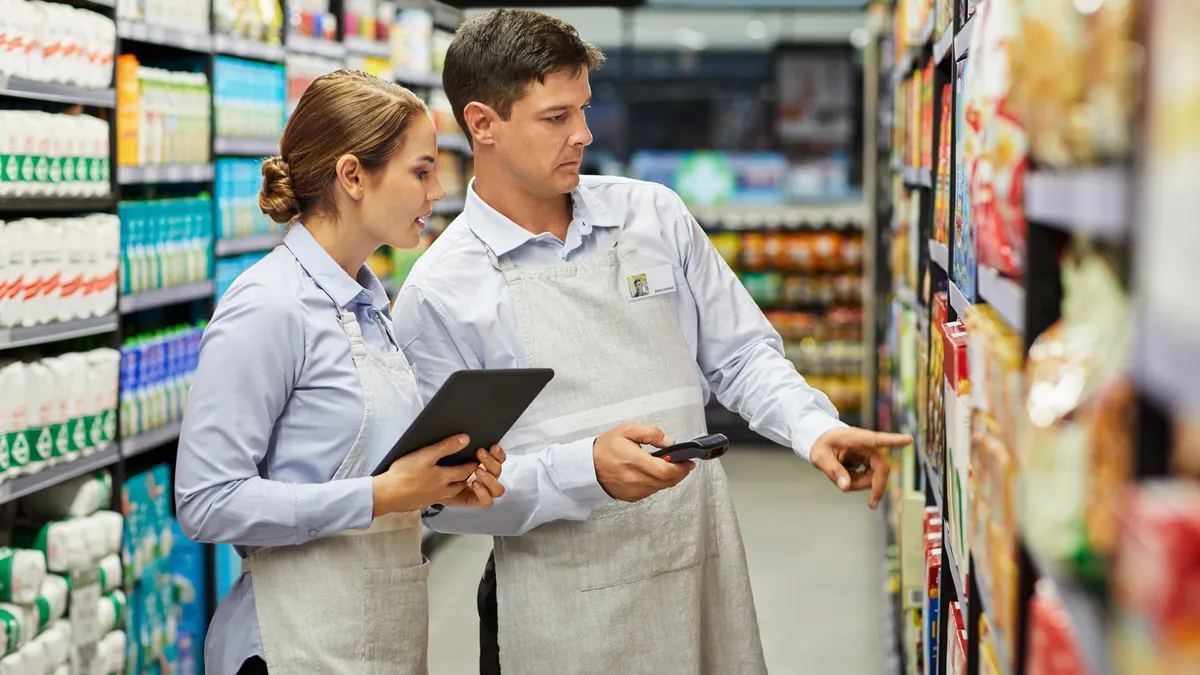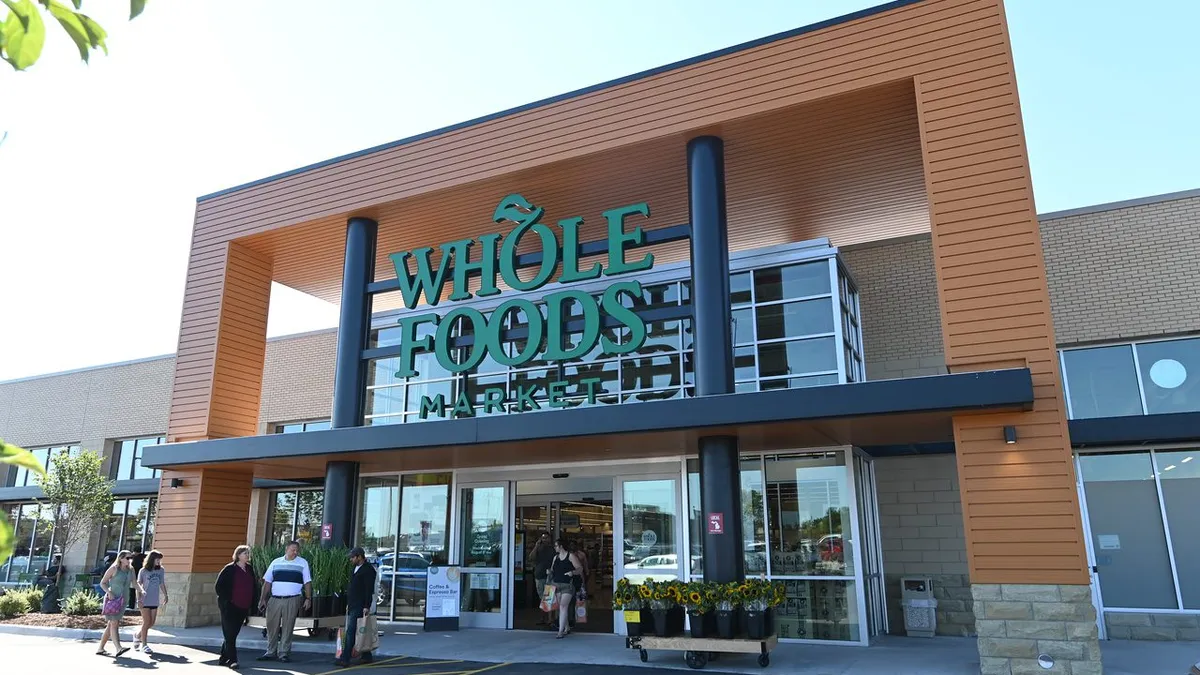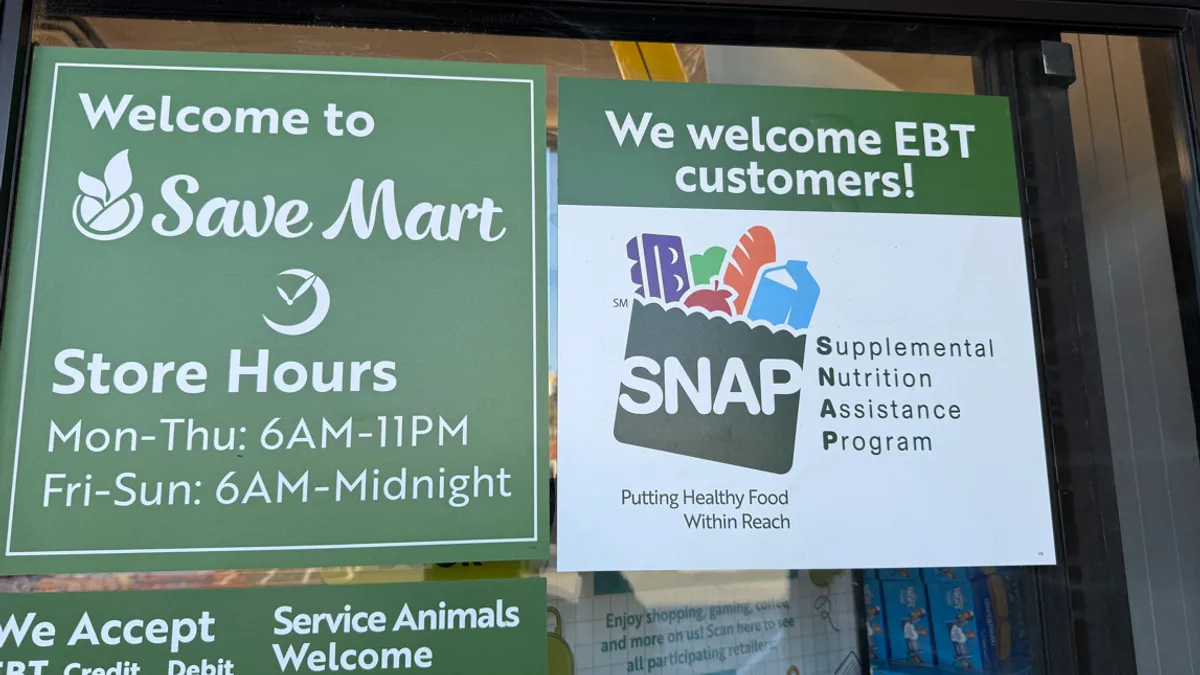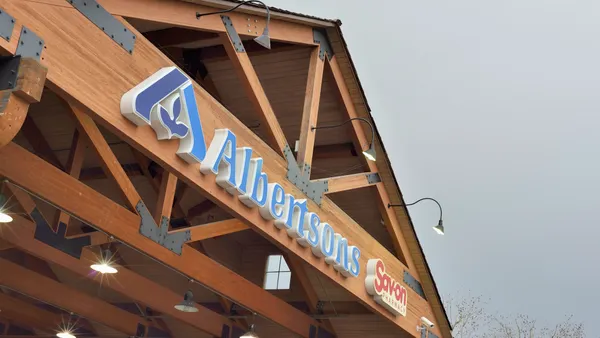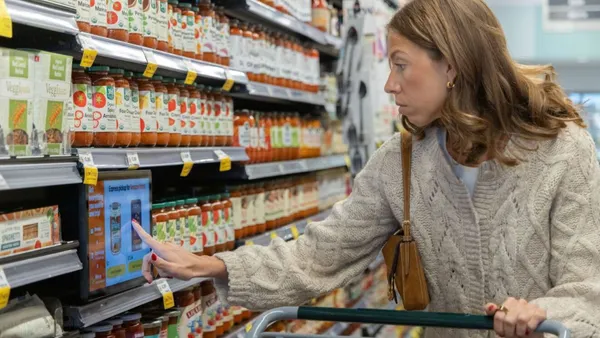For years, digital innovation in grocery was concentrated among the largest chains and digital-first marketplaces. That gap is closing. Today, grocers of all sizes are modernizing through accessible tools that make e-commerce more profitable, streamline in-store operations, and connect every point of the customer journey.
The Pressure to Modernize
Grocers are under pressure to adapt to consumer habits while managing rising costs and constrained labor.
“Retail teams are being stretched to take on areas of the business that didn’t exist 10 to 15 years ago,” said Nick Nickitas, General Manager of Independent Grocery and Mid-Market Retail Partnerships at Instacart. “The challenge is connecting all of these experiences — online and in-store — into something consistent and delightful for customers.”
As expectations rise, grocers can no longer afford to view technology as a discretionary expense—it’s now a critical investment to survive and thrive, enabling them to deepen loyalty, streamline operations, and uncover essential new profit streams to remain competitive.
E-Commerce as a Profit Center
For many retailers, e-commerce profitability is the defining challenge of modern grocery. Tight margins, fulfillment costs, and maintaining fragmented tech stacks can make online growth difficult to sustain.
Retailers are addressing that challenge through Storefront Pro. Instacart’s white-label e-commerce platform offers built-in fulfillment, merchandising, and retail-media monetization, so that retailers can grow their online programs without building or maintaining proprietary systems.
S&C Foods in Tennessee is enhancing their digital footprint with Storefront Pro building a fully branded and customizable shopping experience that integrates their weekly ad and uses AI-powered personalization. “Storefront Pro will make it easy for us to create a best-in-class online platform that maintains our local identity that our customers know and love,” said Shane Means, Operations Manager, S&C Foods Inc. “It will offer a modern digital experience without having to build everything from scratch ourselves—freeing up our team to focus on serving our community in store.”
At Davis Food & Drug, an independent Utah grocer and member of Associated Food Stores, the impact has been tangible. In the twelve weeks after launching with Storefront Pro across its three stores, the grocer drove a 24% increase in sales compared to the same period last year. In addition, Davis grew average monthly retail media advertising revenue by 2-3x by upgrading to Storefront Pro and leveraging the built-in monetization of Carrot Ads.
“By monetizing retail media, grocers can change the cost equation of digital, opening up new profitability streams while creating flywheel effects that enhance existing investments in e-commerce, loyalty and digital platforms,” says Nikitas.
Wholesalers as Catalysts for Scalable Innovation
Behind the scenes, wholesalers and cooperatives are driving much of the digital progress across the independent grocery sector. By partnering with technology providers, they are extending modern e-commerce infrastructure to hundreds of community-based retailers at once.
Associated Food Stores (AFS) recently announced an expansion of Storefront Pro across its owned banners and member retailers — giving their grocers a fast path to launching or upgrading online shopping programs.
“Partnering with Instacart gives grocers an easy way to go online without the complexity or resources needed to build their own online experience,” said Jason Sokol, Vice President of Marketing at AFS.
In the Southeast, Merchants Distributors (MDI) took a similar approach, helping its independent retail network to compete more effectively with national players, while maintaining their unique, local identity.
Connecting the Digital and Physical Experience
Even as e-commerce gains traction, grocery shopping remains deeply rooted in the store. For retailers, the opportunity isn’t about replacing one channel with another — it’s about connecting them, creating a seamless experience that feels consistent whether a customer is checking out in person or ordering from home.
“Independent grocers have always been passionate about the communities they serve, and now they’re leading the charge in retail innovation to give their customers a more seamless, easy, and affordable shopping experience,” said Nickitas.
To do this, a growing number of independent grocers are adopting multiple enterprise technologies. By adding connected store solutions like Caper Carts and FoodStorm, Instacart’s order management system for prepared foods, they can create a unified commerce experience that links loyalty programs, promotions, and personalization across digital and physical touchpoints.
Big Bunny Market in Massachusetts, as well as Storefront Pro customers Davis Food & Drug, and Soelberg’s Market in Utah, have introduced Caper Carts, Instacart's AI-powered shopping carts that let customers scan, bag, and pay as they shop.
Retailers using Caper Carts are seeing meaningful improvements in customer engagement, coupon redemption and omnichannel conversion, with one grocer reporting 40% of customers redeeming a discount offer presented on the smart cart to use on a retailer’s online storefront.1
FoodStorm, now live in more than 3,000 stores in North America, has more than doubled the number of stores using the platform since the end of 2024.2 In California, Luke’s Local Grocery uses FoodStorm to streamline its deli and prepared food business, connecting back-of-house operations with online ordering.
“FoodStorm lets us handle made-to-order and prepared food in real time, without losing the hands-on quality we care about. It’s already making a difference behind the counter and online,” said Luke Oppenheim, Founder of Luke’s Local.
For many grocers, this kind of integration marks a turning point. Rather than running e-commerce and store operations in parallel, they’re now operating as one — giving customers the flexibility they expect and teams new ways to grow loyalty across every channel.
The Next Frontier: Accessible AI for Every Retailer
The next stage of grocery transformation will come from artificial intelligence, which is rapidly changing the way people shop, and leaving retailers to ask: How do we compete in an AI-first world?
Instacart’s new AI Solutions build on existing capabilities within tools like Storefront Pro and Caper. Built specifically for the unique complexity of grocery, these solutions help retailers to reach customers on leading AI platforms, guide shopping decisions with a branded assistant, and improve customer e-commerce experiences.
For the 1,800+ retail partners already working with Instacart, this means they can access some of the same AI-driven innovation fueling major chains without the cost or complexity of developing it in-house.
A More Equitable Digital Future
While technology will never replace the deep community connection that defines independent and regional grocers, it has become a vital tool for strengthening those bonds. By making it easier to meet customer needs across both online and in-store channels, technology empowers grocers to serve their communities more effectively and profitably.
As Nickitas put it, “The ultimate goal is to build a scalable, manageable retail technology platform that connects every experience — helping grocers meet customers where they are, profitably and sustainably.”
Today, tools once reserved for the largest retailers are now accessible to all, leveling the playing field and ensuring that the innovation shaping the future of grocery benefits grocers of every size.
To learn more about Storefront Pro and the other solutions, visit https://www.instacart.com/company/retailer-platform
1. Based on store-level performance over a four-week period from May 11, 2025 to June 8, 2025
2. Includes growth in the number of stores using FoodStorm from December 31, 2024 to September 30, 2025

